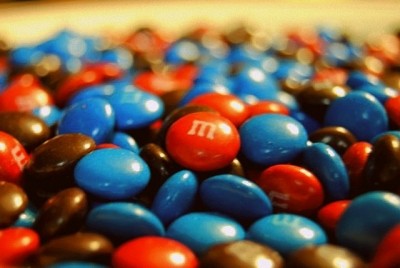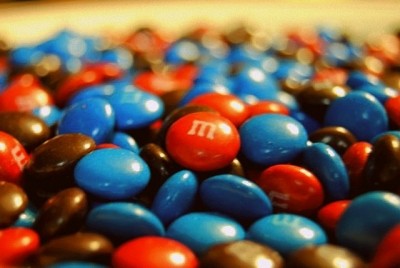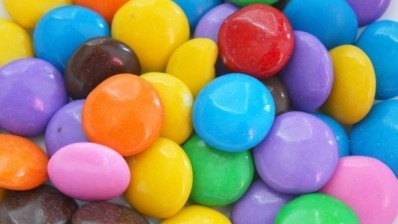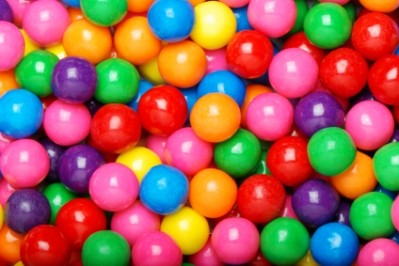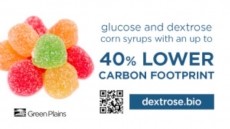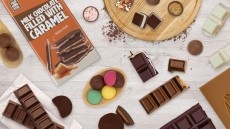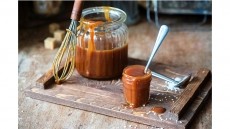Mars defends use of artificial colors in M&Ms as CSPI-backed petition urges it to ditch ‘neurotoxic chemicals’
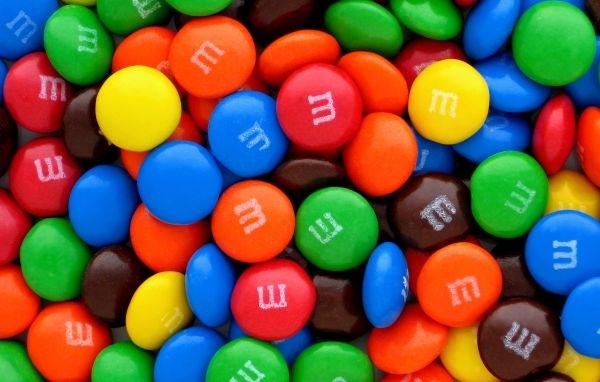
The petition (click here), sponsored by the CSPI and Renee Shutters from Jamestown, New York, follows a similar petition (click here) urging Kraft to remove “dangerous” dyes Yellow #5 and #6 in its Mac & Cheese, which has garnered almost 350,000 signatures.
Shutters alleges that M&Ms contain “harmful, petroleum-based, artificial dyes that can trigger hyperactivity in sensitive children” including FD&C Blue #1 and #2, Yellow #5 and #6, and Red #40 (which are all approved for use in the US as color additives).
Shutters, who claims she saw “dramatic improvements” in her nine-year-old son Trenton’s behaviorafter eliminating “artificial dyes” from his diet, says “M&M’s are made without most of those dyes in Europe so I don’t understand why they are being made with cheaper, controversial ingredients in North America.”
CSPI: ‘Mars should get these neurotoxic chemicals out of M&Ms’
CSPI executive director Dr Michael Jacobson claimed that “thousands of families” had seen similar results after removing artificial dyes from their kids’ diets, adding: “Mars should get these neurotoxic chemicals out of M&M's.”
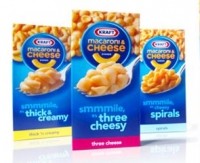
The fact that Mars recently successfully petitioned the FDA to allow it to use spirulina extract (a natural blue color from algae) to color candy and gum in the US was a positive sign, however, added Dr Jacobson.
"We hope this is an indication that Mars intends to do the responsible thing and remove all of these harmful dyes from all of its products. Of course, other companies should do the same.”
Mars: 'Constantly evaluating and updating ingredients based on consumer preference, new technology and scientific information'
A Mars spokeswoman told FoodNavigator-USA that "all the colors we currently use in our products comply with our own strict internal quality and safety requirements as well as all applicable laws, regulations and safety assessments relating to colors added to food".
However, Mars is aware of the petition and is "constantly evaluating and updating ingredients based on consumer preference, new technology and scientific information", she added.
"[But] it is important to understand that certain considerations may need to be made when selecting natural colors. For example, the use of plant or animal-derived ingredients may cause allergies, and may not comply with a vegan, kosher or halal diet [a possible reference to the use of insect-dervied carmine as a natural alternative to Red #40]."
Asked whether Mars plans to use spirulina in M&Ms following the recent FDA approval, she said: "Approval of this petition is one step towards providing us the option to produce confectionery products made with this naturally sourced color."
IFIC: It’s a maxim of science that the plural of ‘anecdote’ is not ‘data'
The International Food Information Council (IFIC) told FoodNavigator-USA that concerns about food colors made from petroleum "lack key context".
Senior director of communications Matt Raymond said: "First and foremost, food colors do not contain petroleum...Many components that can be derived from petroleum, on their own, are very safe. In addition to some food colors, other materials that can be derived from petroleum molecules include aspirin, vitamins A and C, and even the life-saving cancer drug Tamoxifen.”
He added: "Current scientific evidence, confirmed by the FDA, shows that artificial food colors are safe for consumption in foods and beverages and do not cause adverse health effects, including hyperactivity. Despite the stories of specific individuals, it’s a maxim of science that the plural of ‘anecdote’ is not ‘data'."
The Southampton Six…
Controversy over the safety of artificial food colors has been raging for years, but reached a new frenzy in 2007 following the publication of a controversial study by the University of Southampton in the UK suggesting a link between six food dyes – the ‘Southampton Six’ – and hyperactivity in children.
They were E110/sunset yellow (FD&C Yellow #6), E129/allura red (FD&C Red #40), E102/tartrazine (FD&C Yellow#5), E104/quinoline yellow, E122/carmoisine, and E124/ponceau 4R.
While EFSA concluded the results could not be used as a basis for altering the acceptable daily intakes of the colors in question, the European Parliament said products featuring any of these colors should include warning labels noting that they “may have an effect on activity and attention in children”.
The link between food dyes and ADHD has not been established
However, an FDA advisory committee examining the link between food coloring and hyperactivity in 2011 voted against recommending EU-style warning labels on products containing these dyes in the US.
The committee - a panel of experts in nutrition, toxicology, food science, immunology, and psychology – met at the request of the CSPI, and was tasked with considering relevant data on the possible association between artificial food colors and hyperactivity in children, and advising the FDA as to what action, if any, was warranted to ensure consumer safety.
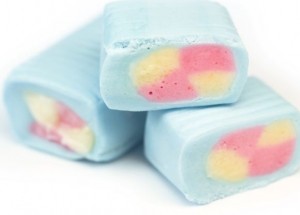
IFIC, which attended the hearing, said at the time: “The panel ruled that they agree with the FDA report that the link between food dyes and ADHD (Attention deficit hyperactivity disorder) has not been established.
“They also narrowly voted to recommend that no changes to the label are needed. They debated whether more research is needed and generally agree that there is.”
CSPI: The evidence that these petrochemicals worsen some children's behavior is convincing
The CSPI had urged the committee to recommend warning labels alerting shoppers to the alleged risks raised by eight approved FD&C food colors.
Speaking ahead of the hearing, the CSPI's Dr Jacobson said: “The evidence that these petrochemicals worsen some children's behavior is convincing.
"I hope that the committee will advise the agency to both require warning notices and encourage companies voluntarily to switch to safer natural colorings.”
